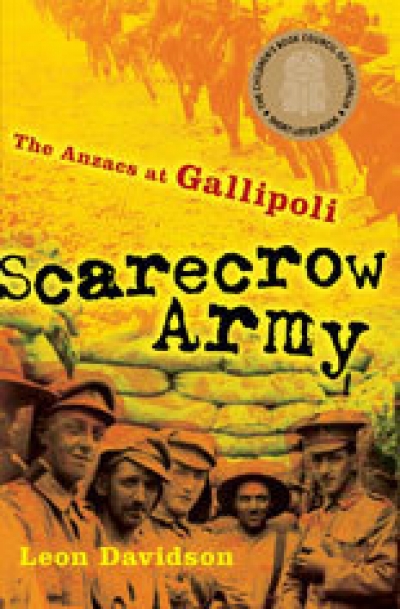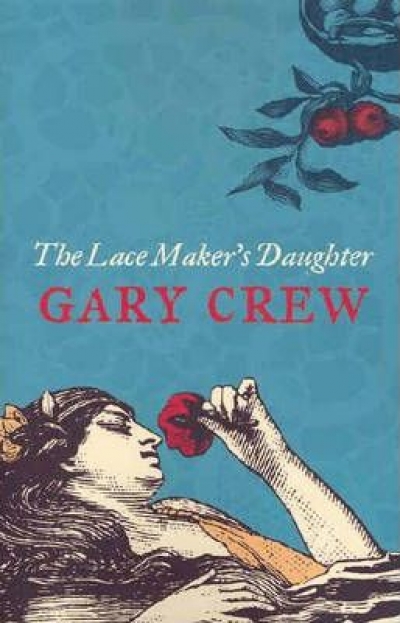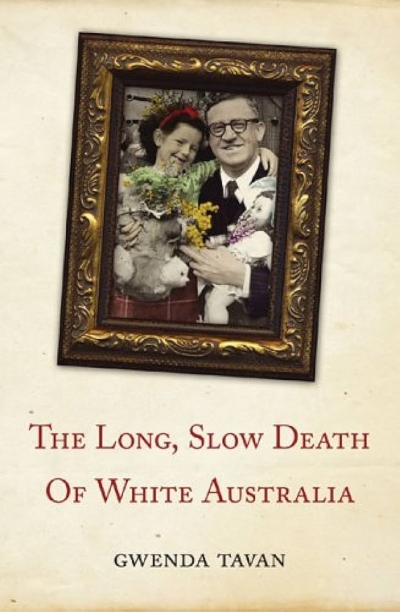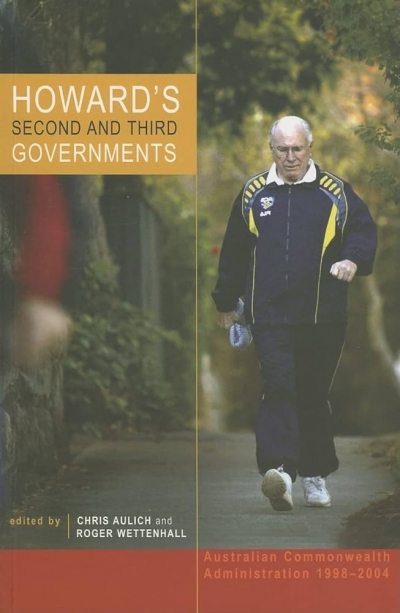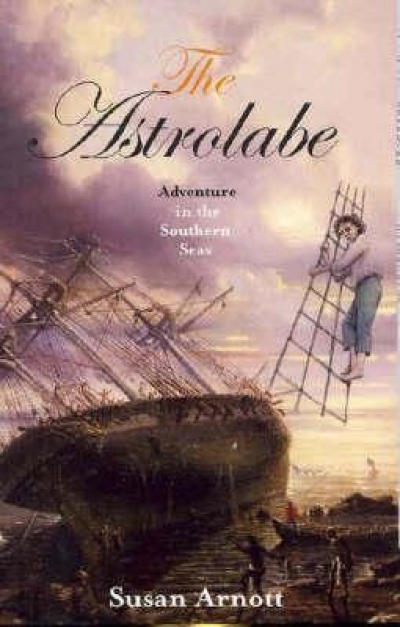Accessibility Tools
- Content scaling 100%
- Font size 100%
- Line height 100%
- Letter spacing 100%
Archive
The ABR Podcast
Released every Thursday, the ABR podcast features our finest reviews, poetry, fiction, interviews, and commentary.
Subscribe via iTunes, Stitcher, Google, or Spotify, or search for ‘The ABR Podcast’ on your favourite podcast app.
‘Where is Nancy?’ Paradoxes in the pursuit of freedom
by Marilyn Lake
This week on The ABR Podcast, Marilyn Lake reviews The Art of Power: My story as America’s first woman Speaker of the House by Nancy Pelosi. The Art of Power, explains Lake, tells how Pelosi, ‘a mother of five and a housewife from California’, became the first woman Speaker of the United States House of Representatives. Marilyn Lake is a Professorial Fellow at the University of Melbourne. Listen to Marilyn Lake’s ‘Where is Nancy?’ Paradoxes in the pursuit of freedom’, published in the November issue of ABR.
Recent episodes:
Cultural Studies Review edited by Chris Healy & Stephen Muecke & Australian Historical Studies edited by Joy Damousi
Scarecrow Army by Leon Davidson & Animal Heroes by Anthony Hill
The Lace Maker's Daughter by Gary Crew & The Never Boys by Scott Monk
I was looking at Pieter Bruegel the Elder’s De Toren van Babel in Rotterdam, where I had gone for the day to escape the low skies and oppressive winds that buffet The Hague in springtime. Bruegel’s masterpiece has an exquisite stillness and delicacy, despite portraying the Tower of Babel in its first stages of busy construction. Ladders and wires are hung from its sides; the harbour on which it is being built throngs with ships unloading cargo and tools and manpower; its workers look as frail as insects perched on its myriad levels, hard at their labour. The tower is depicted such that it appears to be leaning slightly away from the sea, giving the impression that it is volute rather than level, its climb precariously leading to infinity. This impression is heightened by Bruegel’s use of colour: at its base, the tower is the colour of faded, earthy sandstone, but as it spirals into the sky it moves towards a rusted orange, and, at the point where the tower pierces the clouds, it turns a vivid red, as if to represent the wrath that awaits its completion. The clouds are menacing. Far in the distance, well beyond the tower, the skies are clear and fresh, unthreatening; but a gloom casts shadows over the side that faces the harbour where, under the pall, workers are trying to complete their task.
... (read more)Howard's Second and Third Governments: Australian Commonwealth Administration 1998–2004 edited by Chris Aulich and Roger Wettenhall
Tattoo: Bodies, art and exchange in the Pacific and the West edited by Nicholas Thomas, Anna Cole and Bronwen Douglas
The Astrolabe by Susan Arnott & Our Enemy, My Friend by Jenny Blackman
ABR welcomes letters from our readers. Correspondents should note that letters may be edited. Letters and emails must reach us by the middle of the current month, and must include a telephone number for verification.
... (read more)



